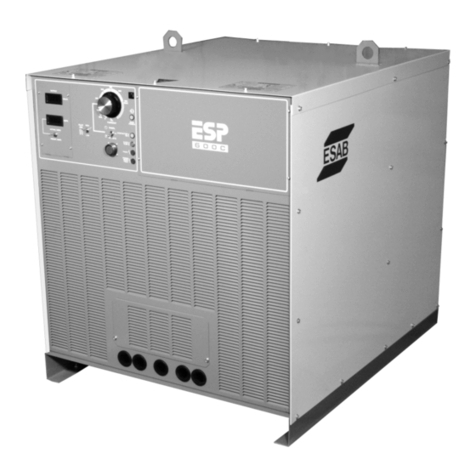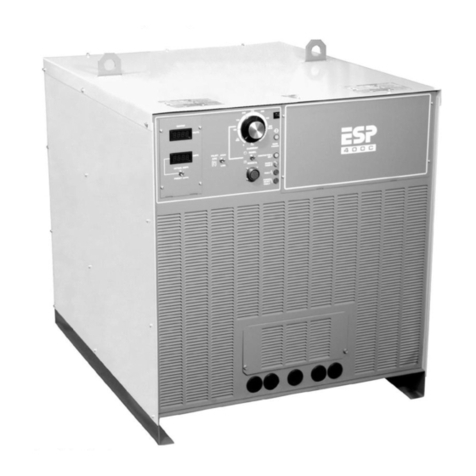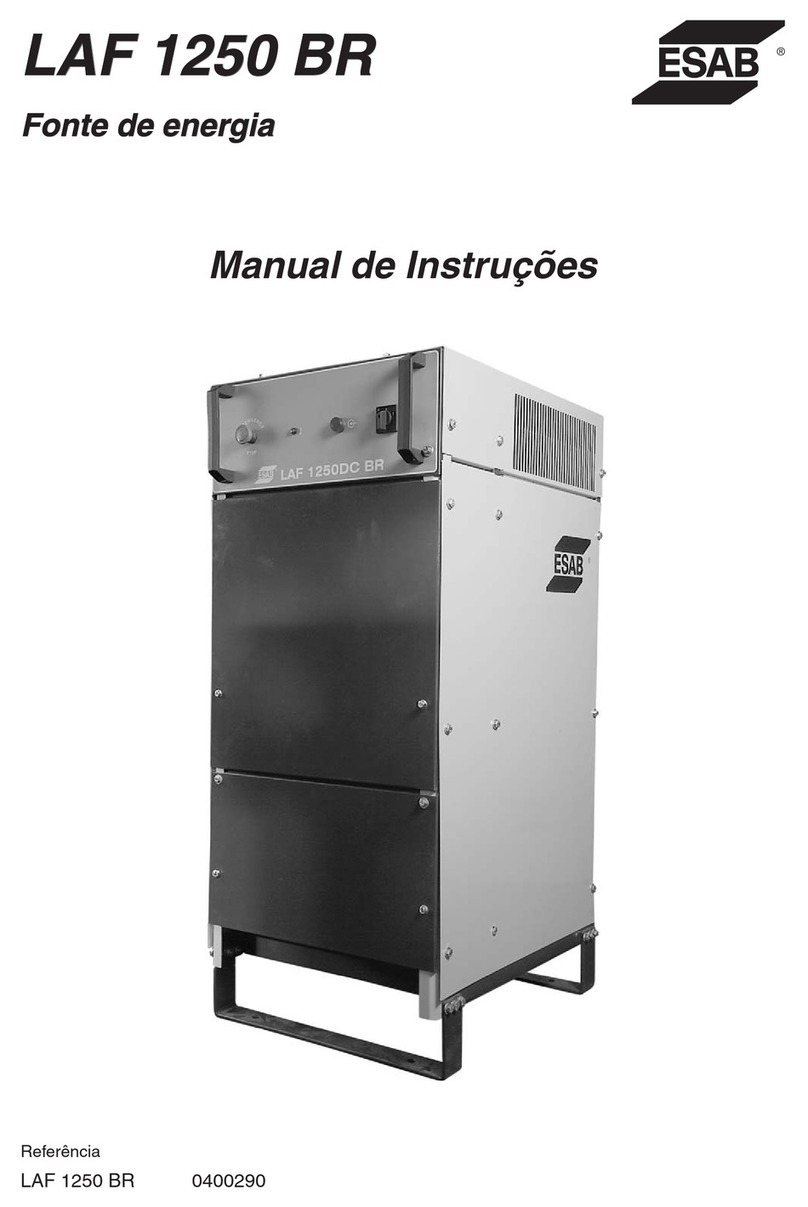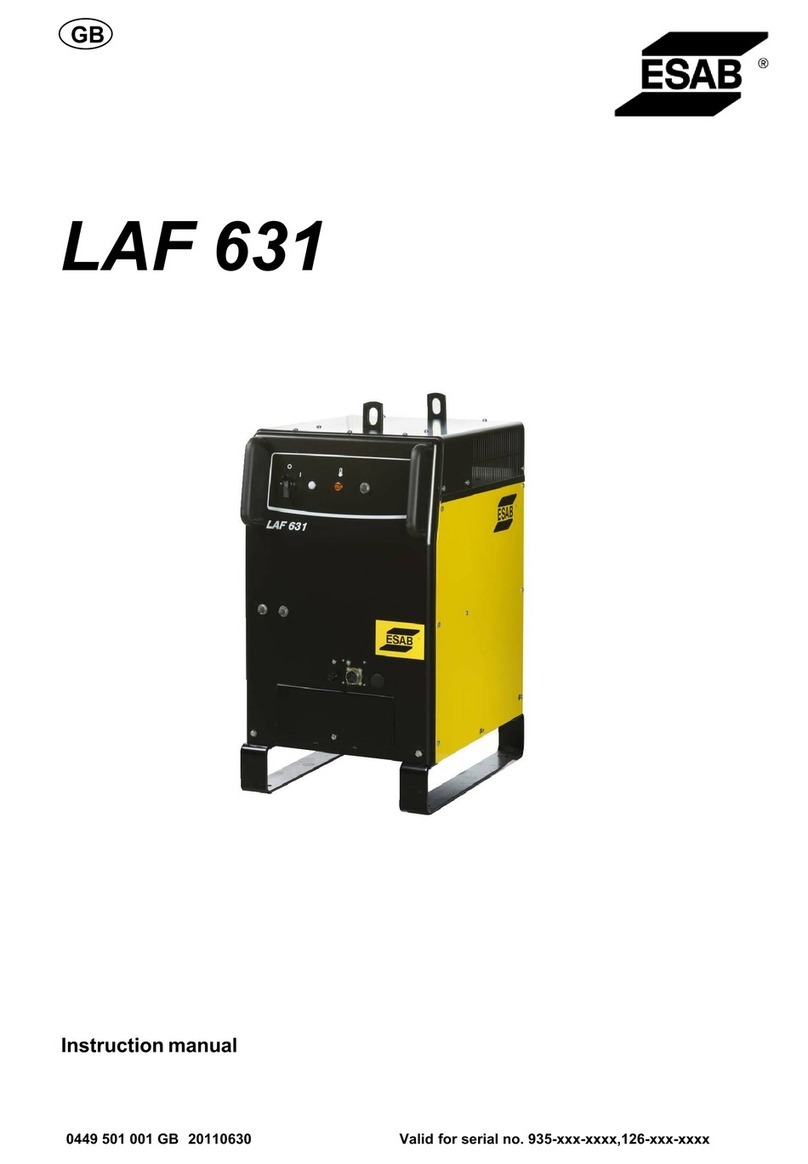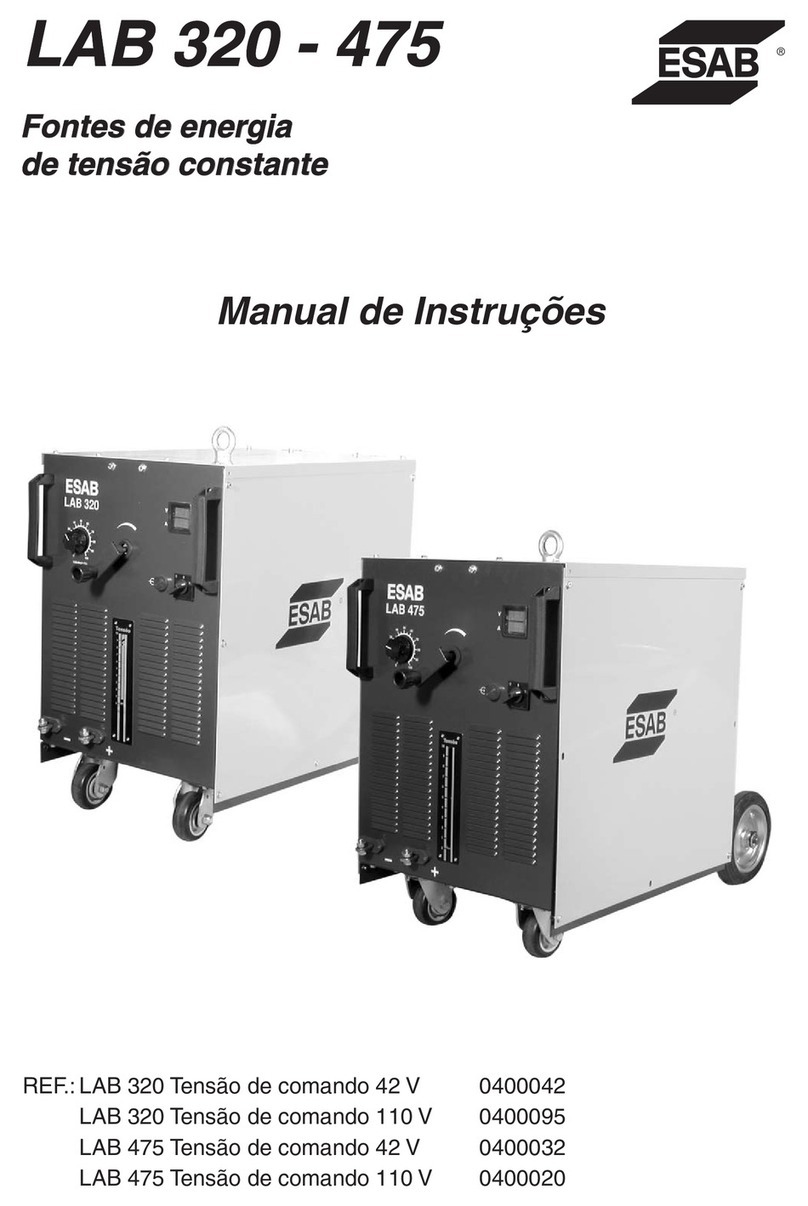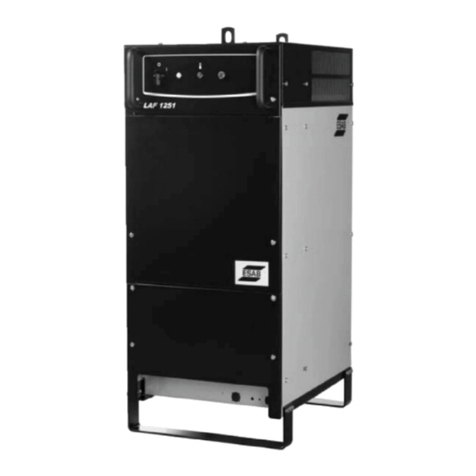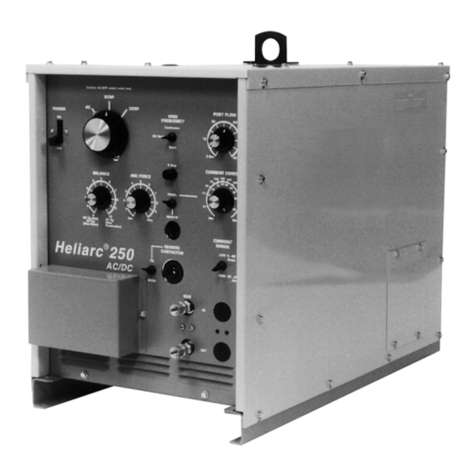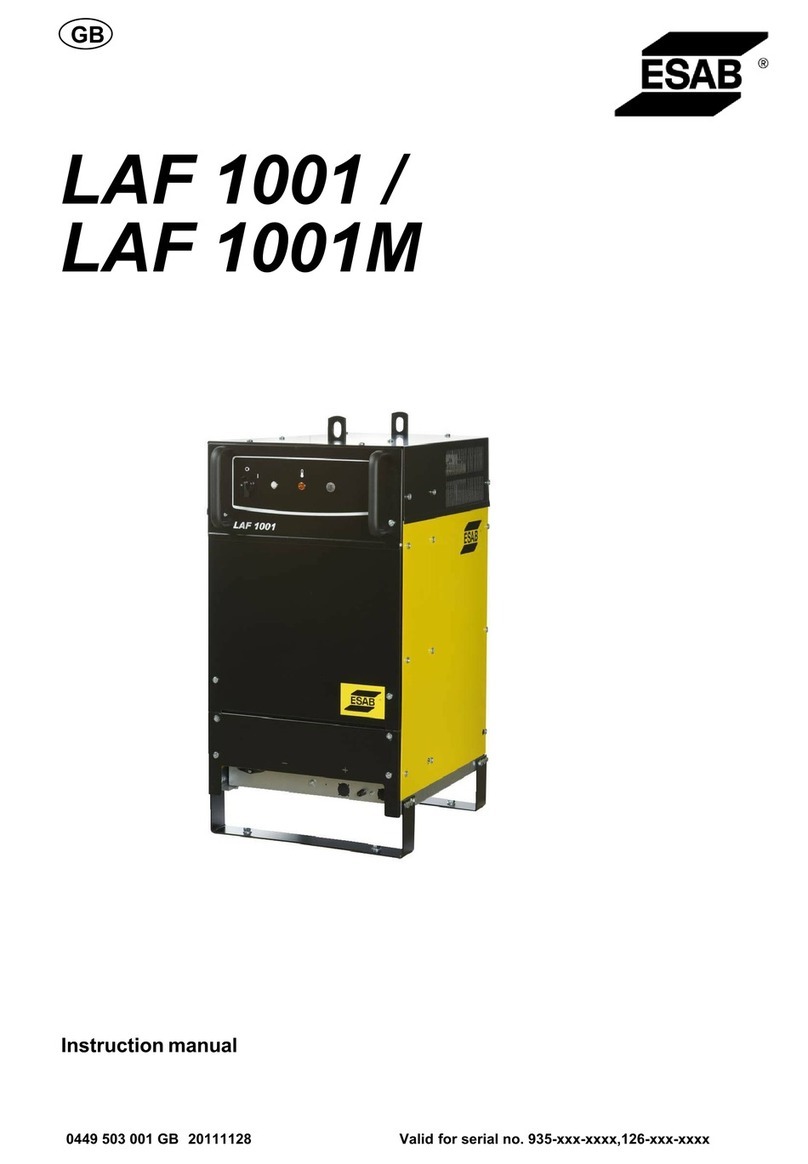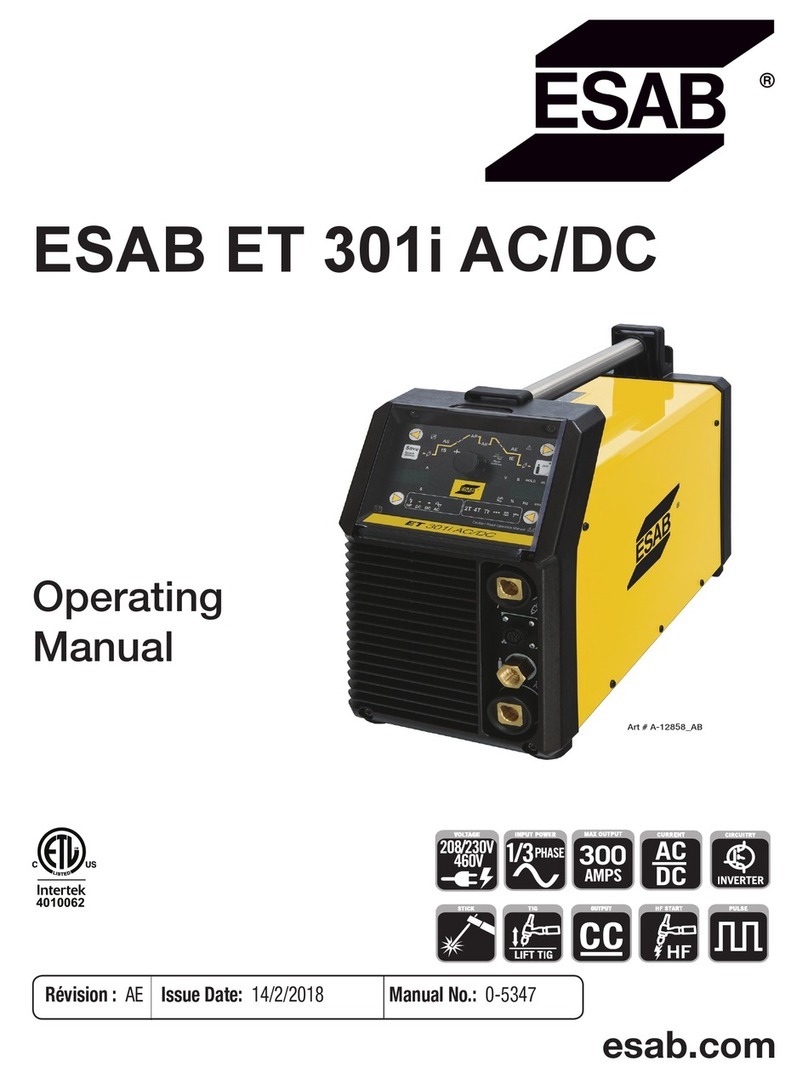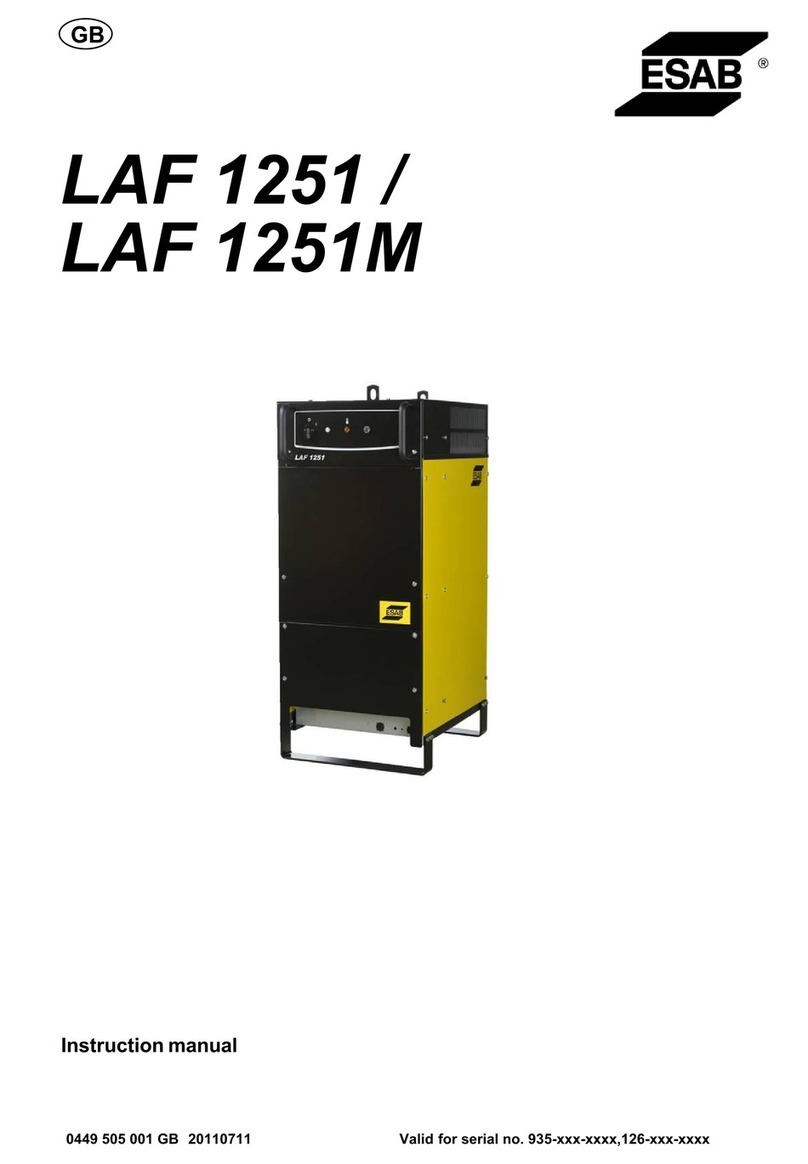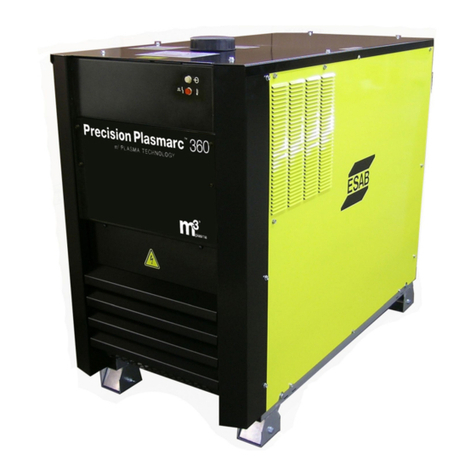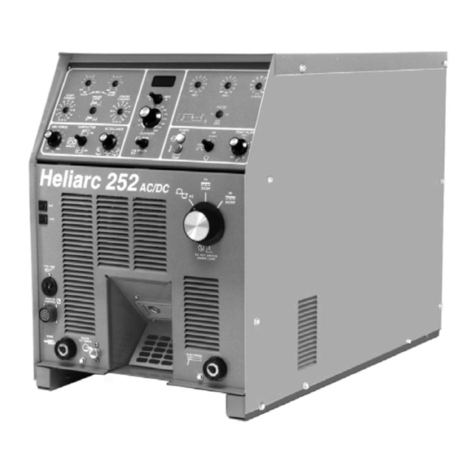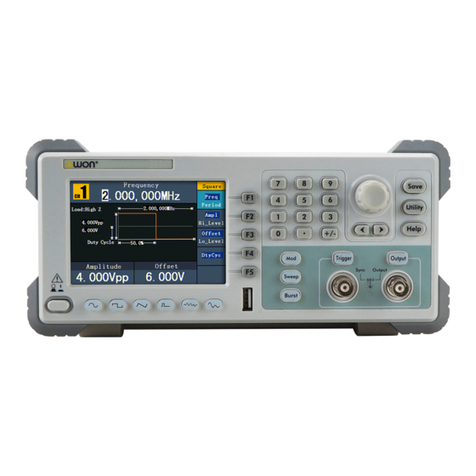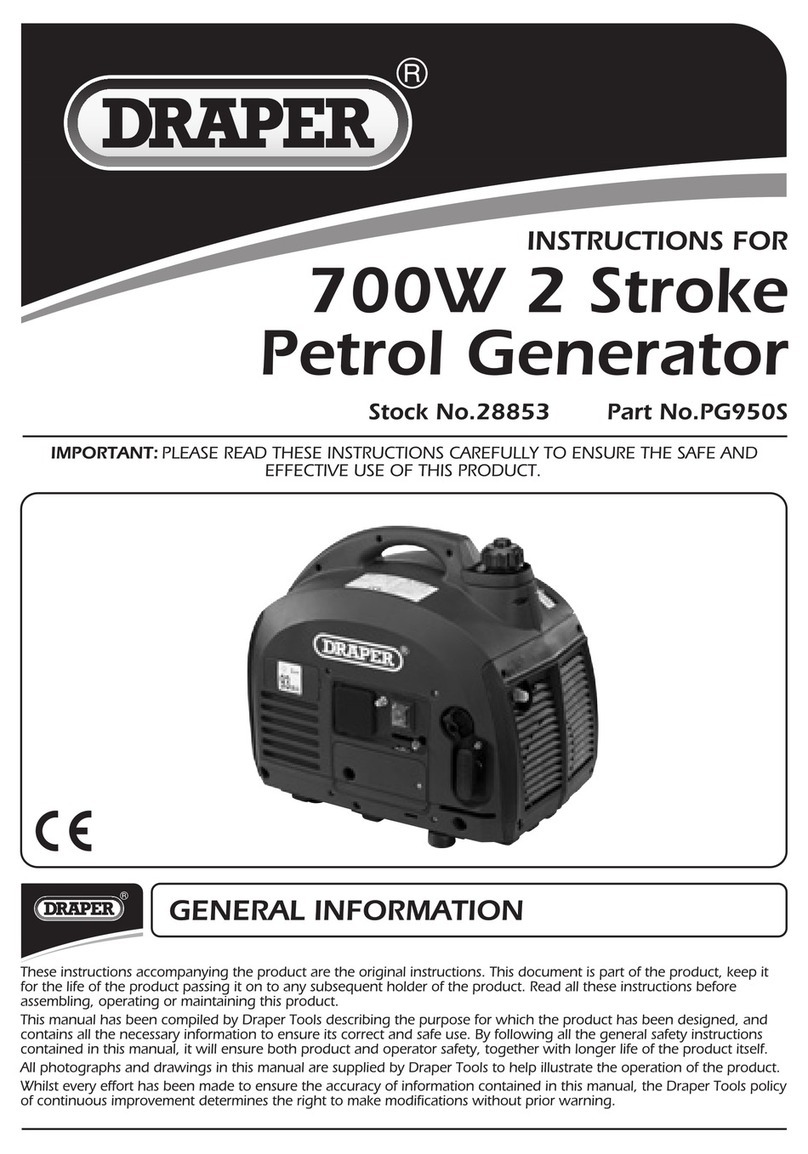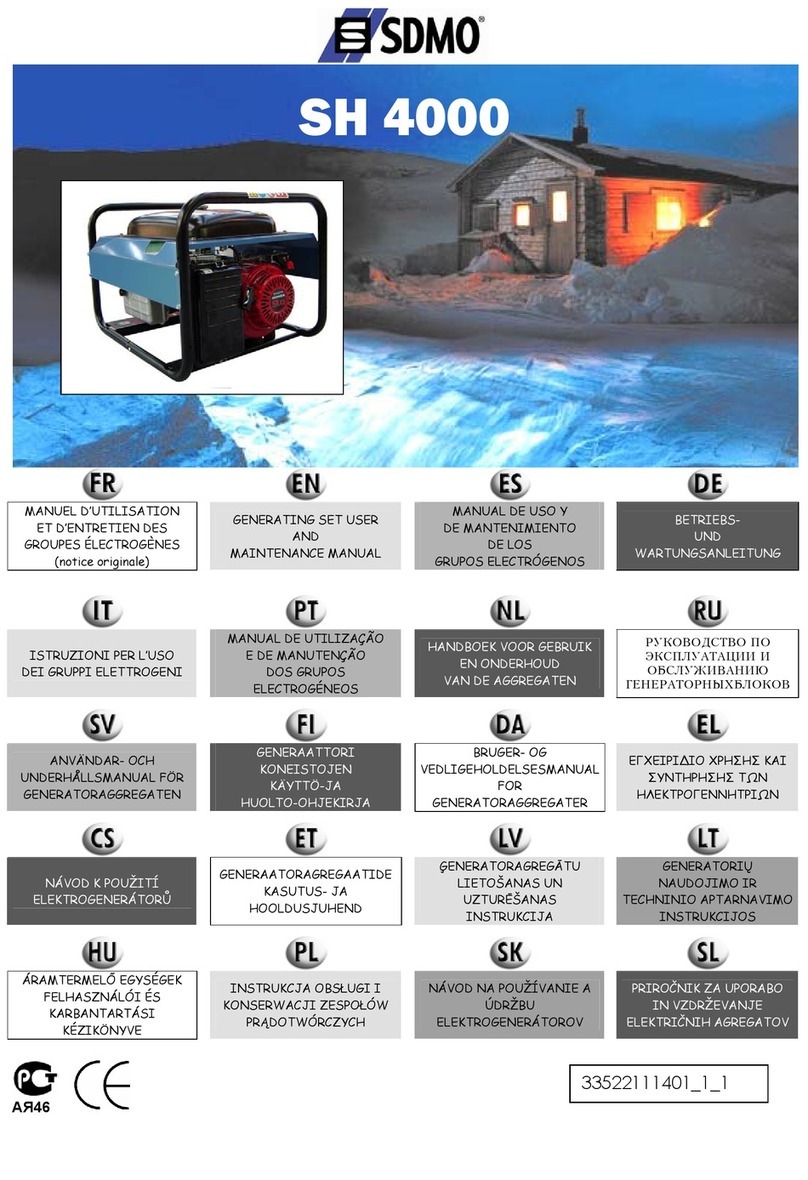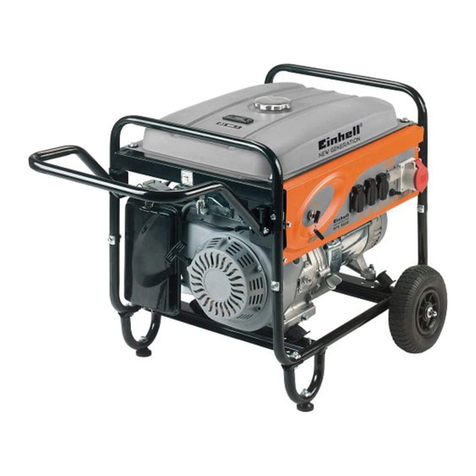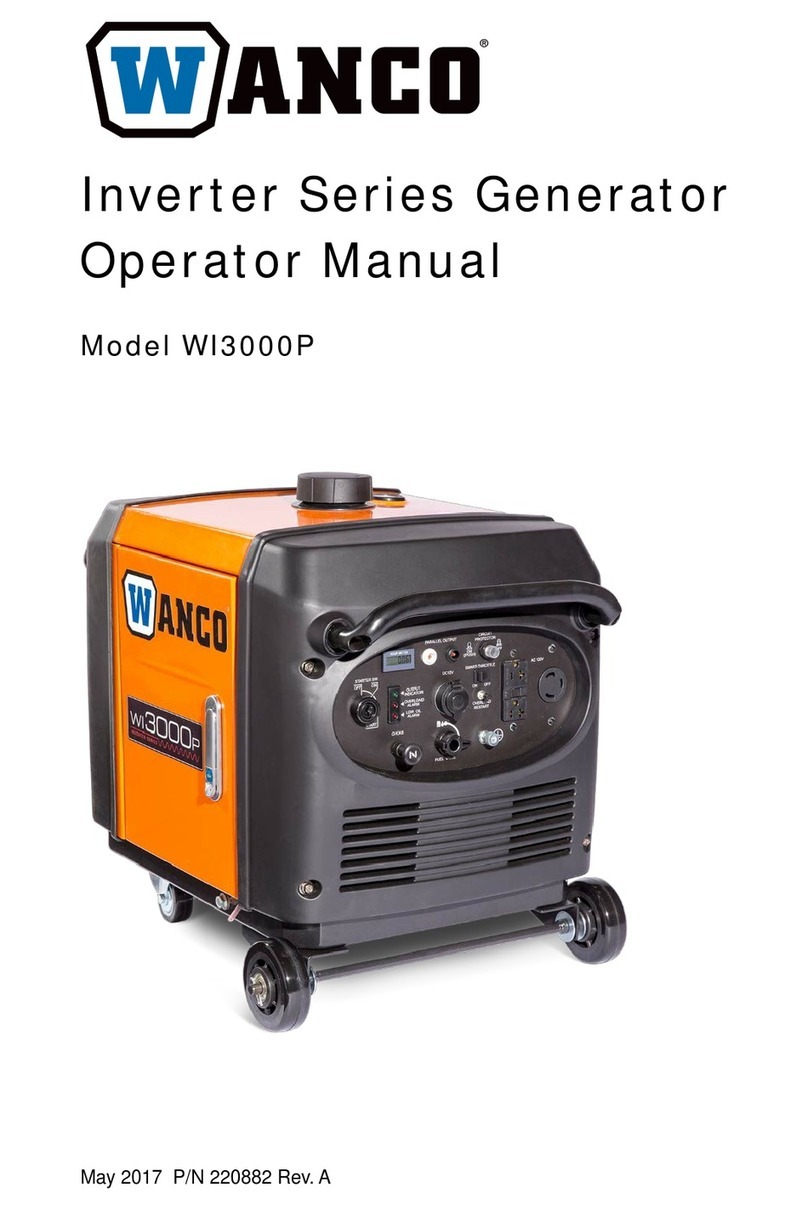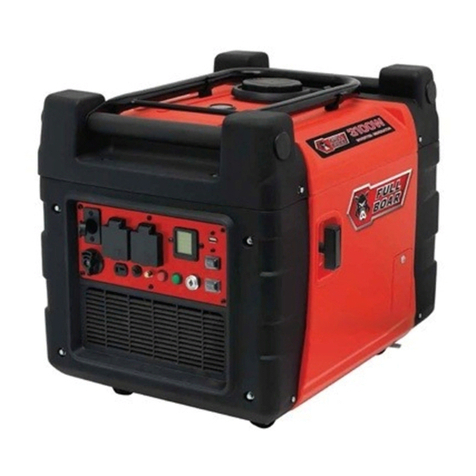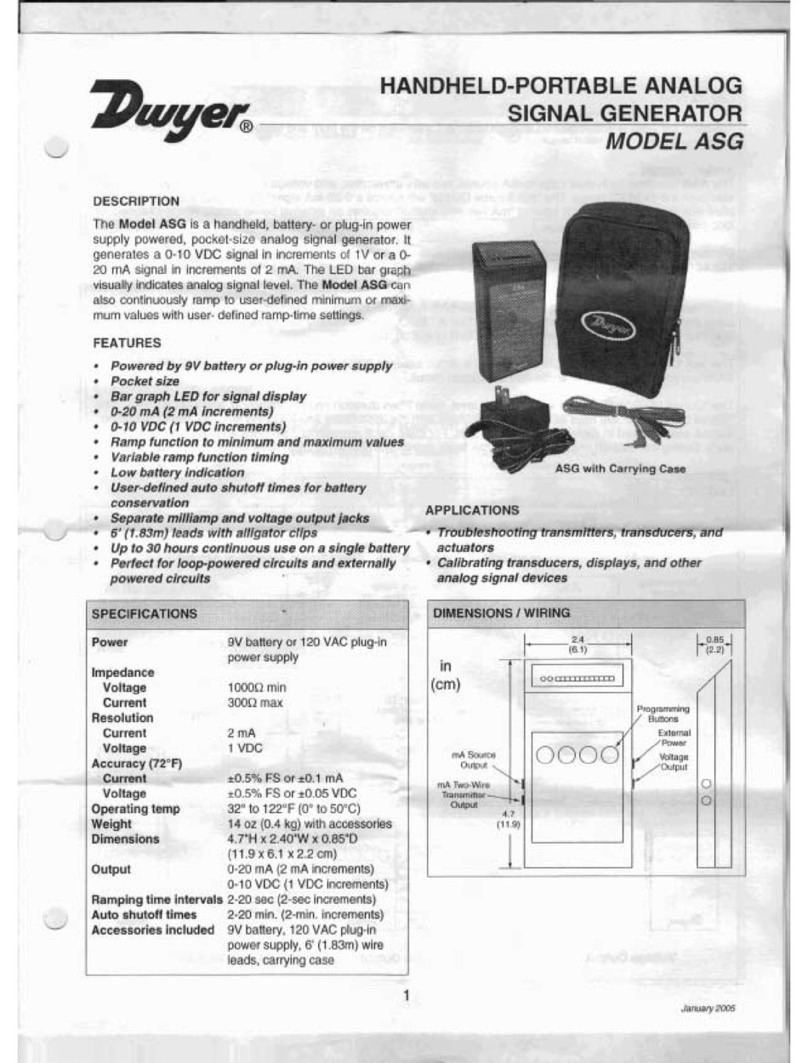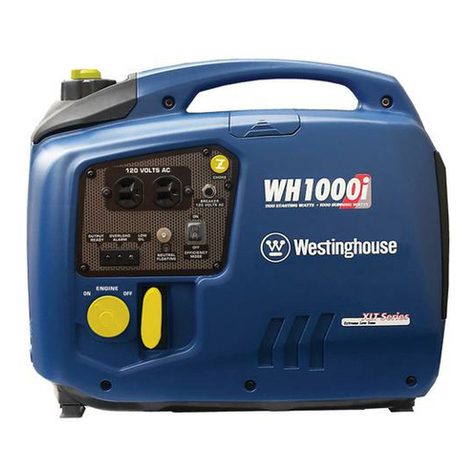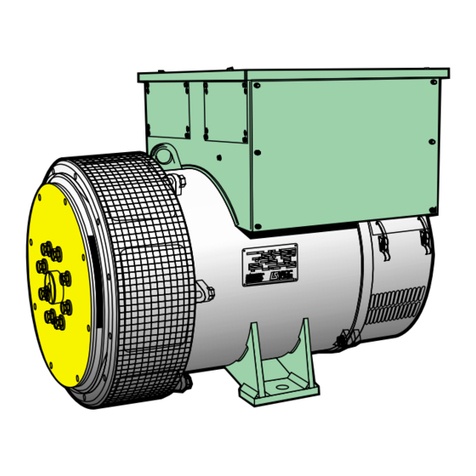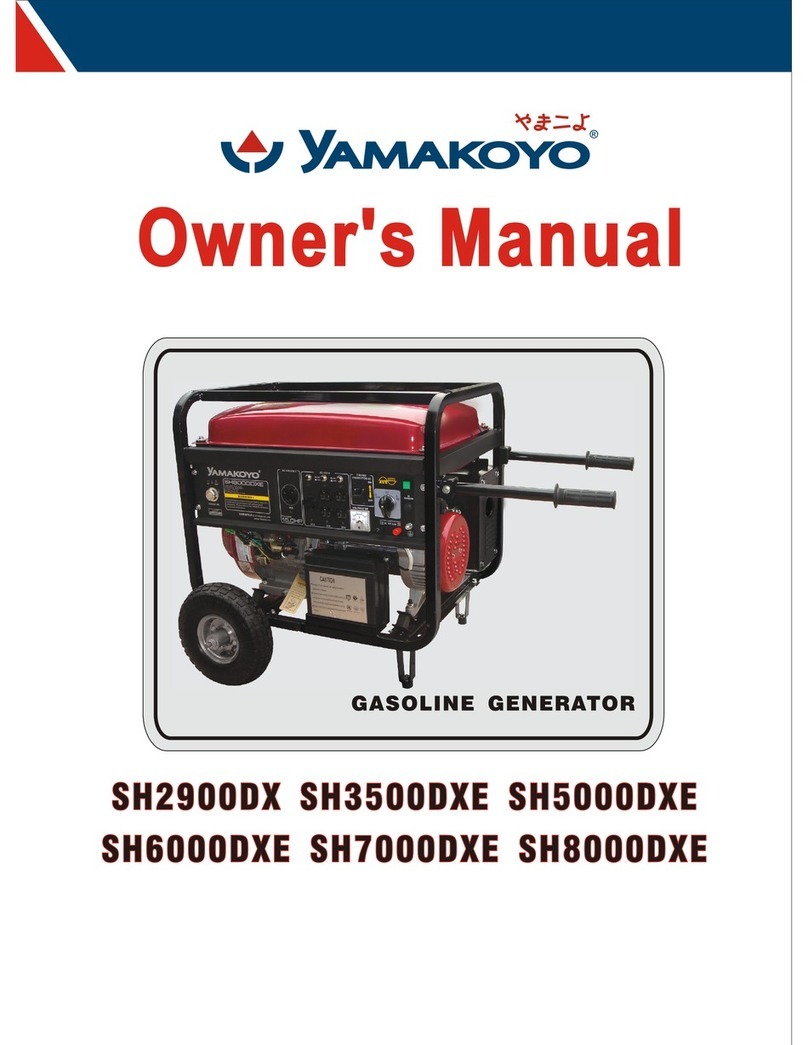
ET 220I AC/DC
Manual 0-5346 INTRODUCTION 2-1
SECTION 2:
INTRODUCTION
2.03 Receipt of Equipment
When you receive the equipment, check it against the invoice to
make sure it is complete and inspect the equipment for pos-
sible damage due to shipping. If there is any damage, notify the
carrier immediately to file a claim. Furnish complete information
concerning damage claims or shipping errors to the location in
your area listed in the inside back cover of this manual.
Include all equipment identification numbers as described above
along with a full description of the parts in error.
Move the equipment to the installation site before un-crating
the unit. Use care to avoid damaging the equipment when using
bars, hammers, etc., to un-crate the unit.
2.01 How To Use This Manual
To ensure safe operation, read the entire manual, including the
chapter on safety instructions and warnings.
Throughout this manual, the words WARNING,
CAUTION, and NOTE may appear. Pay particular attention to the
information provided under these headings. These special an-
notations are easily recognized as follows:
NOTE!
An operation, procedure, or background
information which requires additional
emphasis or is helpful in efficient operation
of the system.
!
CAUTION
A procedure which, if not properly followed,
may cause damage to the equipment.
!
WARNING
A procedure which, if not properly followed,
may cause injury to the operator or others
in the operating area.
WARNING
Gives information regarding possible electri-
cal shock injury. Warnings will be enclosed
in a box such as this.
You will also notice other icons appearing throughout the manual.
These are to advise you of specific types of hazards or cautions
related to the portion of information that follows. Some may have
multiple hazards that apply and would look something like this:
!
2.02 Equipment Identification
The unit’s identification number (specification or part number),
model, and serial number usually appear on a nameplate at-
tached to the control panel. In some cases, the nameplate may
be attached to the rear panel. Equipment which does not have
a control panel such as gun and cable assemblies is identified
only by the specification or part number printed on the shipping
container. Record these numbers on the bottom of page ii for
future reference.
2.04 Description
The ET 220i AC/DC is light weight constant current welding
power sources incorporating the latest digital inverter technol-
ogy to provide exceptional AC/DC arc characteristics, TIG welding
features include torch trigger latch, pre & post flow gas control,
pulse control, spot weld control, hot start control, up & down
slope control. Liftarc TIG and HF TIG operating modes are avail-
able.
This unit also has outstanding arc characteristics across a wide
range of Manual Metal Arc Welding (SMAW) electrodes. SMAW
welding features, hot start control and arc force control. The units
are equipped with digital amperage and voltage meters. The unit
are also fully compliant to European Standard EN 60974-1 and
IEC 60974.1.
The ET 220i AC/DC provide excellent welding performance
across a broad range of applications when used with the correct
welding consumables and procedures. The following instructions
detail how to correctly and safely set up the machine and give
guidelines on gaining the best efficiency and quality from the
Power Source. Please read these instructions thoroughly before
using the unit.
2.05 User Responsibility
This equipment will perform as per the information contained
herein when installed, operated, maintained and repaired in
accordance with the instructions provided. This equipment must
be checked periodically. Defective equipment (including welding
leads) should not be used. Parts that are broken, missing, plainly
worn, distorted or contaminated, should be replaced immediately.
Should such repairs or replacements become necessary, it is
recommended that such repairs be carried out by appropriately
qualified persons approved by ESAB. Advice in this regard can be
obtained by contacting an Accredited ESAB Distributor.
This equipment or any of its parts should not be altered from
standard specification without prior written approval of ESAB.
The user of this equipment shall have the sole responsibility for
any malfunction which results from improper use or unauthorized
modification from standard specification, faulty maintenance,
damage or improper repair by anyone other than appropriately
qualified persons approved by ESAB.
